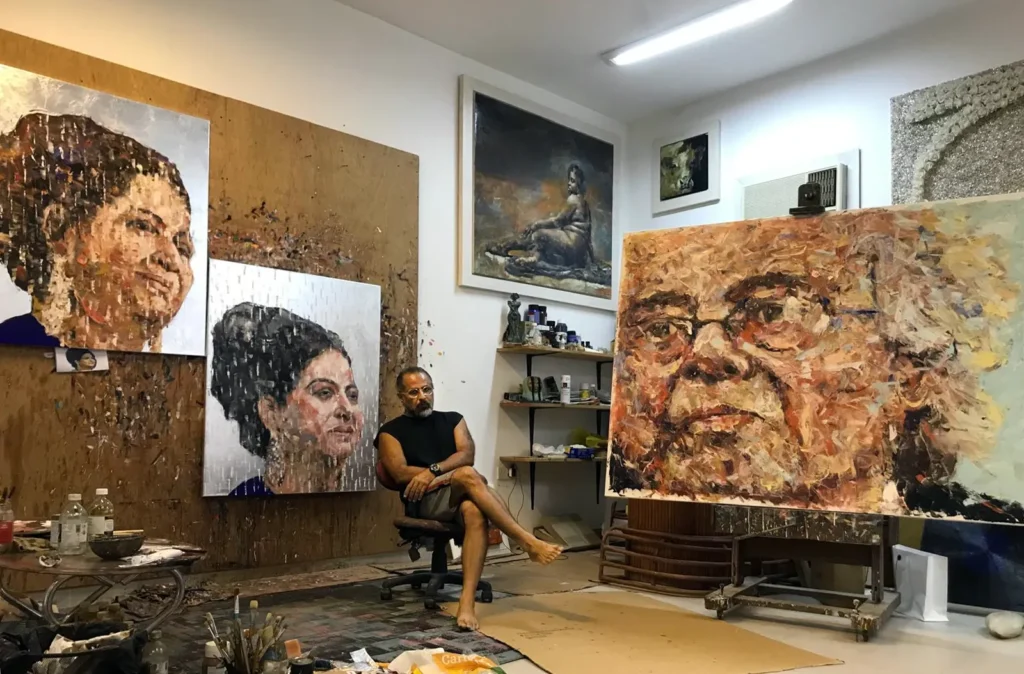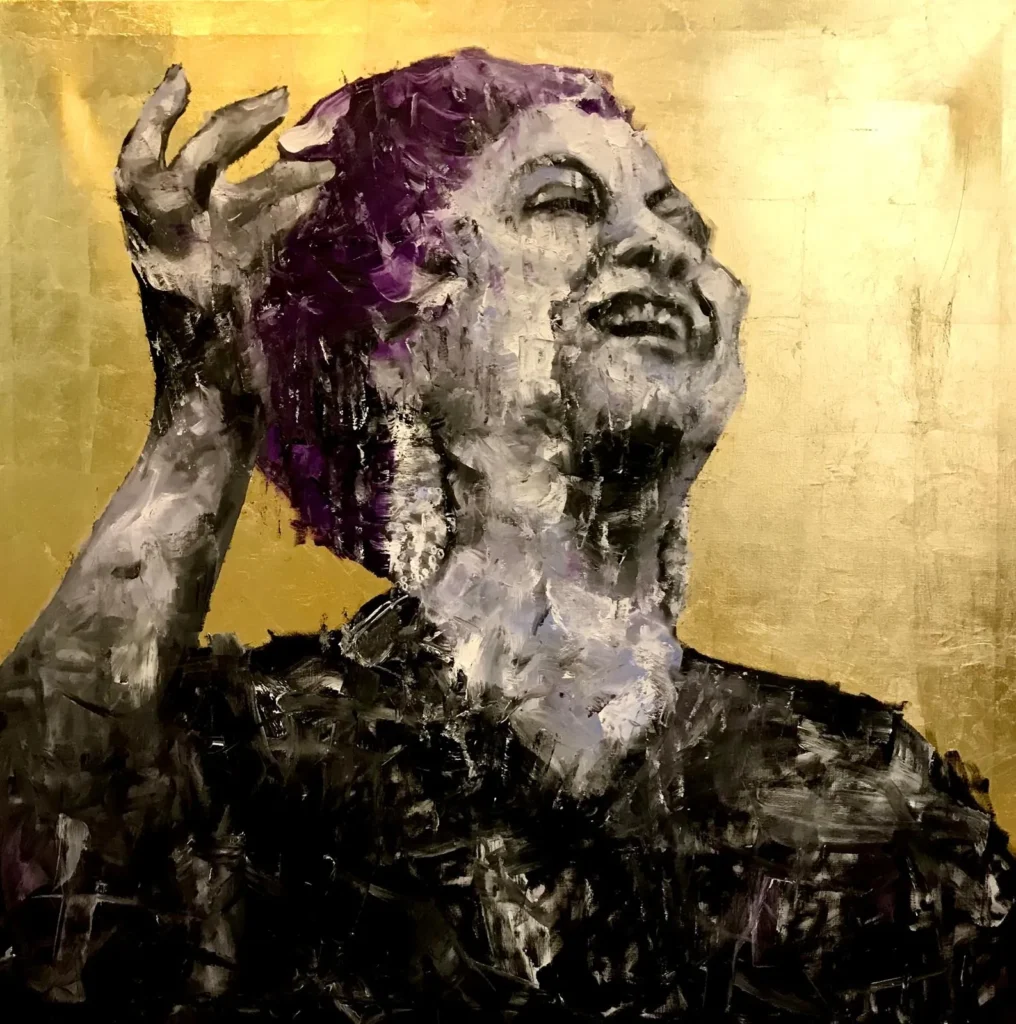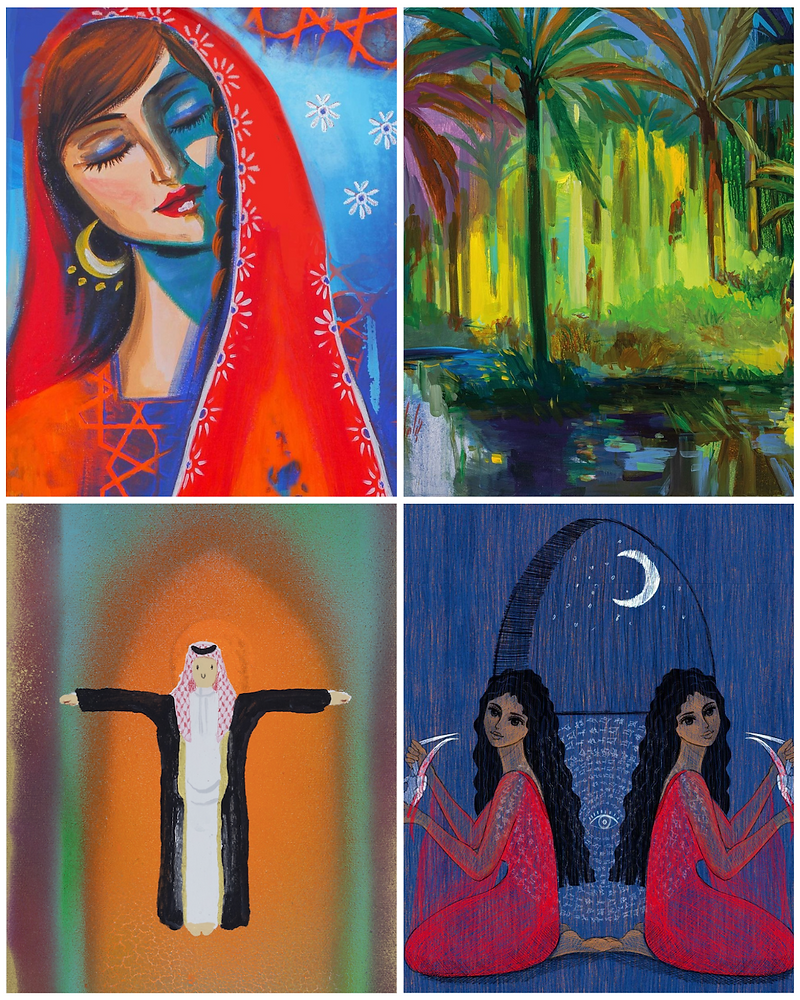In a unique blend of Western pop culture and Arabian Gulf traditions, Bahraini artist Mahmood Mohsin has captured the attention of social media users with his reimagining of the iconic American animated series The Simpsons in a Khaleeji setting. His video, which quickly went viral, portrays the beloved characters in a distinctly Gulf Arab style, wearing traditional attire and engaging in scenarios familiar to the region.
Mohsin, known for his creative digital artwork, has been sharing his work on social media, where it has received widespread praise for its cultural accuracy and artistic quality. His version of The Simpsons retains the essence of the original characters while seamlessly incorporating Gulf traditions. The video, which is set in a fictional Khaleeji neighborhood, features Homer Simpson wearing a white thobe and ghutra—traditional attire worn by men in Bahrain, Saudi Arabia, the UAE, and other Gulf countries. Marge, on the other hand, is depicted wearing a black abaya and shayla, reflecting the modest dress style of many Khaleeji women. Even Bart and Lisa have been transformed, with Bart in a dishdasha and Lisa wearing modest yet colorful attire that aligns with local fashion norms.
A Fresh Take on a Global Phenomenon
Since its debut in 1989, The Simpsons has become one of the most successful and recognizable animated sitcoms in television history. The show’s satirical take on American life has been praised for its humor, wit, and cultural relevance. Over the years, it has been adapted and dubbed into various languages, allowing audiences worldwide to connect with its stories. However, localizing The Simpsons for different cultures has often been met with challenges.

In 2005, the show was officially adapted into Arabic under the title Al-Shamshoon. This version was heavily modified to align with cultural sensitivities in the Middle East, including changes to character names, food preferences, and even behaviors. For example, Homer Simpson, known for his love of beer in the original series, was shown drinking dugh (a yogurt-based drink) instead. However, Al-Shamshoon struggled to resonate with viewers, and the adaptation was short-lived.
Mohsin’s approach is different. Instead of altering the characters’ identities or personalities, he keeps them true to their original selves while placing them in a setting that reflects Khaleeji culture. This allows fans to enjoy the humor and relatability of The Simpsons without losing the charm that made the series so iconic.
The Power of Cultural Representation
One of the reasons Mohsin’s work has resonated so strongly is that it provides much-needed representation of Khaleeji culture in mainstream media. The Gulf region has a rich cultural heritage that is often underrepresented or misrepresented in global entertainment. By blending the familiar with the new, Mohsin offers audiences an engaging and entertaining way to see their own traditions reflected in a popular show.
Many social media users, particularly from the Gulf region, have praised Mohsin’s creativity. Some have even suggested that his concept could inspire a full-fledged Khaleeji animated series, featuring original characters and storylines that reflect life in the Gulf. Others have commented on how refreshing it is to see such cultural adaptations being made by artists from the region rather than by outsiders who may not fully understand the nuances of Khaleeji life.

The popularity of Mohsin’s work also highlights a growing trend of artists in the Middle East using digital platforms to share their creations with the world. Social media has given talented individuals a space to express themselves, connect with global audiences, and challenge stereotypes about their culture. Through digital art, animation, and storytelling, creatives like Mohsin are reshaping the way people perceive the Gulf region.
A Growing Trend in Cultural Adaptations
Mohsin’s reimagining of The Simpsons is part of a larger movement in which artists and content creators from the Middle East are putting their own spin on global pop culture. In recent years, there have been similar adaptations of Western franchises infused with Middle Eastern aesthetics.
For example, several digital artists have reimagined Disney princesses wearing traditional Middle Eastern clothing, and comic book illustrators have introduced Arab superheroes that blend elements of Western storytelling with regional folklore. Such efforts are not only a celebration of cultural identity but also a response to the demand for greater diversity in entertainment.
In addition, streaming platforms and production companies in the Middle East have been investing in original animated content that reflects the daily lives and traditions of Arab audiences. Shows like Freej, a UAE-based animated series that follows the adventures of four elderly Emirati women, have demonstrated that there is a strong market for locally inspired storytelling.
What’s Next for Mohsin’s Art?
With the overwhelming positive response to his work, fans are eager to see what Mohsin creates next. Some have suggested that he expand on his Simpsons adaptation by producing more episodes or introducing other famous Western characters into Khaleeji settings. Others hope that his success will encourage larger animation studios to collaborate with Middle Eastern artists to create culturally rich content for wider audiences.
For now, Mohsin remains focused on his passion for digital art and storytelling. Through his Instagram and other social media channels, he continues to share his creative projects, often experimenting with different themes and artistic styles. His work serves as an inspiration for young artists in the region, proving that cultural representation in media can be both entertaining and impactful.
Conclusion
Mahmood Mohsin’s Khaleeji version of The Simpsons is a brilliant example of how art can bridge cultures and bring new perspectives to beloved characters. By skillfully blending the familiar with the culturally specific, he has managed to create something that resonates deeply with audiences in the Gulf while also appealing to global fans of The Simpsons.
His adaptation is more than just a fun reinterpretation—it is a testament to the power of digital creativity and cultural expression. As more artists from the Middle East continue to explore their heritage through global pop culture, we can expect to see even more innovative and inspiring projects that celebrate the unique identity of the region.



